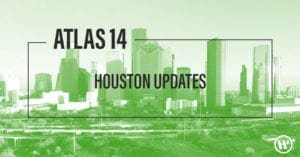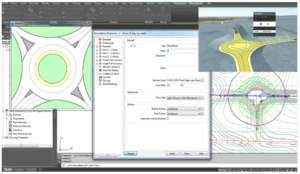1. Zoning And Land-Use Codes
Many municipalities feature station-specific zoning districts near their designated transit stations. Our experience is that station-specific zoning codes tend toward significant nuance and require both very detailed and ongoing code analysis throughout the project’s lifecycle.
It is not uncommon for these unique zoning districts to allow greater density nearest the station hub, then reduce allowed densities as distance from the station increases towards more traditional zoning districts.
When it comes to density, many municipalities that adopted transit zoning ordinances offer an allowance for an increase in density (typically measured in units, floor-to-area ratio, or square footage) in exchange for providing community benefits like affordable housing units. Some cities will require affordable units in any development project within transit zoning districts, while others make it an incentive-based system.
Other land-use code items pertinent to transit developments may include provisions for alternative stormwater quality treatment measures and stormwater detention requirements. Often, land-use codes will defer to regional solutions, or require fees in lieu of on-site treatment, resulting in a solution that occurs downstream of the transit station area.
2. Parking
It is not uncommon to see incentives available for the use of shared-parking programs that would reduce a residential project’s required number of parking spaces. A well-functioning example can be found in Austin, TX where locating a car-sharing parking space in a transit district resulted in a 20 parking-space reduction in the required parking count.
 Market factors tend to move developers to provide at least one parking space per living unit, regardless if that number is greater than required by the governing municipality. However, because many people choose to live near transit to purposely avoid using a personal automobile, many developers are separating the residential unit lease from the lease of a dedicated parking spot(s) in the same development. This allows somebody who has no car, or no intention of parking their car on-site, to save money on their lease.
Market factors tend to move developers to provide at least one parking space per living unit, regardless if that number is greater than required by the governing municipality. However, because many people choose to live near transit to purposely avoid using a personal automobile, many developers are separating the residential unit lease from the lease of a dedicated parking spot(s) in the same development. This allows somebody who has no car, or no intention of parking their car on-site, to save money on their lease.
The developer saves on the front end by not building as much parking, or has the opportunity to lease its extra parking to other building tenants, including potential ground-floor commercial users. Alternatively, extra parking can often be leased to nearby and off-site high-demand users who may need nearby parking to run their own operations, either through valet or self-parking.
Another parking-related consideration is car charging stations. As with shared parking, car-charging stations may offer developers incentives to install them in their parking facilities. Many urban dwellers attracted to transit-oriented developments are also attracted to alternative-fueled vehicles. Increasingly, market factors require car-charging stations in order to satisfy tenant demand. We have seen transit projects with 5% of the total provided parking have available plug-in charging stations.
3. Unit Mix
The trend near transit projects sees a unit mix leaning to smaller floor plans, with the majority being one-bedroom units with some two-bedroom suites. Very rarely are we seeing three- or four-bedroom units near transit stations unless land-use codes or incentives require more bedrooms, presumably for families. Rather, it is more common, if zoning codes allow it, to see microunits of 300 to 400 square feet.
The major consideration with larger units is that cost tends to be very high relative to what the target demographic (young families with children) wants to spend. If we consider that most of the one-bedroom units are already generally considered expensive relative to the market, then a three-bedroom unit is even more so. Plus, that unit will most likely need at least two dedicated parking spaces, further increasing its cost. Demand is another factor – most new urban transit projects are designed and amenitized for the young working professional, not children and young families.
4. Environmental Concerns
A high-density residential project in a transit-priority area typically involves redevelopment of lands that were historically industrial. This is especially common when an existing freight rail line is repurposed into a passenger rail line because the freight rail line attracted manufacturing and other industrial businesses. These facilities often had underground storage tanks and may have handled large quantities of petroleum, metals, solvents, and other hazardous substances.
For a developer of transit-adjacent housing, these industrial uses oftentimes present environmental
concerns. For example, entities acquiring land are also purchasing any soil or groundwater contamination that may exist on that land. Not only can contamination remediation be expensive, but discovery of contamination late in the development process can result in construction delays.
It’s important for the developer to know what is lurking under the ground they are buying, who is financially responsible for the cleanup, whether there are any state or federal funding programs to assist with the cleanup, and how to integrate the cleanup into the project schedule to avoid costly construction delays.
5. Last-Mile Transportation Options
Last-mile transit options should not be overlooked for people who won’t use a personal automobile. Transportation Network Systems (TNCs) are last-mile transit options requiring well-planned curbside management. We also see increasing use of eScooters and eBikes available for rent via smart-phone applications littering sidewalks and landscape areas. Adequate planning for these last-mile options is necessary so that space within the streetscape can be accommodated.
 Alternatively, architectural planning processes should consider providing storage space close to ground level for tenants with their own bikes, scooters, and skateboards. These storage areas also represent additional income sources for the building owner or operator, similar to detaching the leases of vehicular parking spaces from the leasing of the units.
Alternatively, architectural planning processes should consider providing storage space close to ground level for tenants with their own bikes, scooters, and skateboards. These storage areas also represent additional income sources for the building owner or operator, similar to detaching the leases of vehicular parking spaces from the leasing of the units.
6. Integration Of Public Areas
One of the great promises of building residential uses near transit areas lies in its potential to activate the public streetscape. Creating an inviting and comfortable street-level atmosphere enhances the commuting and living experience, while also increasing the amenities for tenants and visitors beyond the boundaries of the project site.
The activation of the streetscape can take many forms, such as pedestrian plazas, festival streets, dedicated bicycle lanes (separate from sidewalks or vehicular travel lanes), community gardens, and similar streetscape features. The thought is that a robust streetscape experience is a direct benefit to the paying tenants and users (while offering the potential for premium rents), while also providing a more welcoming, safe, and active experience for all nearby users, even non-tenants.
From a developer’s land-use perspective, using public right-of-way to add value to its private property has significant potential — leveraging a non-revenue producing public amenity while preserving or even increasing the density located on the project site that can be used for more rental and even commercial revenue space, depending on the project.
7. Curbside Management
 Curbside management is increasingly an important factor for the development of transit projects. The rise in prominence of TNCs like Uber and Lyft have the potential for both reducing the need for on-site parking while increasing the streetscape user-conflicts adjacent to the edges of the building.
Curbside management is increasingly an important factor for the development of transit projects. The rise in prominence of TNCs like Uber and Lyft have the potential for both reducing the need for on-site parking while increasing the streetscape user-conflicts adjacent to the edges of the building.
Combine the curbside demand of TNCs with the concurrent demand of loading and unloading tenants’ belongings, commercial deliveries, trash disposal, and maintenance trucks, and the curbside area can quickly become very congested.
8. Loading Zones
Like curbside management, loading zones should not be an afterthought in a high-density transit-oriented development. Inadequate design of and access to a dedicated loading area can result in large commercial vehicles stopping in a travel lane in order to load and unload their cargo. Loading zones must consider three important things:
- are they required under the applicable codes,
- what is the frequency of anticipated use (how often and how many at a time), and
- what size is the truck coming into the loading zone?
Providing adequate loading space, including both turning radius movements and vertical clear height, tends to eat into the project’s revenue-generating portions.
For this reason, we have seen loading zones share curbside areas on the adjacent public streets. Although many municipalities prohibit such a practice in their codes, practically speaking, very little can be done about it once in use
 We’ve also seen building owners restrict the hours which loading can be done to non-busy times in the mid-morning and early afternoons. When projects properly consider loading zone planning and management, a user or visitor will never notice these activities. A poorly designed project will unfortunately have loading activities very visible exactly where they should not be seen — at the front or main entrances to the project.
We’ve also seen building owners restrict the hours which loading can be done to non-busy times in the mid-morning and early afternoons. When projects properly consider loading zone planning and management, a user or visitor will never notice these activities. A poorly designed project will unfortunately have loading activities very visible exactly where they should not be seen — at the front or main entrances to the project.
9. E-commerce Deliveries
Increasing utilization of e-Commerce creates a logistical issue for multifamily landlords and condominium HOAs. As a building owner or operator, it’s not preferable to have delivery drivers walking your project’s hallways looking to leave packages outside of locked doors. As a tenant, it’s not comforting to know that your package may sit in your hallway for hours, a target for easy theft.
As a result, developers are adding package-delivery areas near their mailroom. An increasingly popular building feature is single-use lockers, where a one-time code is provided for the tenant to retrieve their packages. This eCommerce delivery consideration also factors into our loading zone discussion – where will the FedEx or UPS or Amazon truck park while delivering packages to the tenants? It makes sense to try putting the loading zone(s) near the eCommerce delivery and/or mail rooms.
10. Quiet Zones
Transit typically, but not always, means rail. With rail comes the need for track safety and related precautions like train warning horns. Some sections of rail are federally designated as “quiet zones” while the majority of track and road crossings will require horn signals at least 15 seconds before crossing a public roadway.
Knowing if you’re in a quiet zone can be used for marketing purposes and safety awareness. In contrast, should a residential project lie outside a quiet zone, the knowledge affects architectural design and attention to sound insulation. Also, structural engineering design consideration should factor in vibration from the track if the building is immediately adjacent to a rail line, regardless of quiet zones.
11. (BONUS) Opportunity Zones
Opportunity Zones (“Qualified Opportunity Zones”) are designated by the Federal government and came into existence as part of the 2017 Tax Cuts and Jobs Act. Their purpose is to encourage private investment in economically distressed communities using tax incentives. A taxpayer who chooses to invest money in an Opportunity Zone project may defer capital gains taxes on both the underlying source of capital, and any gains made through the investment in the Opportunity Zone.
While this is not a physical design consideration, many transit stations or transit-ready areas also overlap with designated Opportunity Zones, making it a significant financial consideration when building residential projects in transit districts.
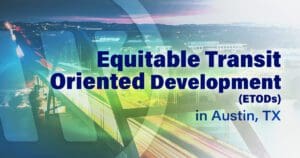




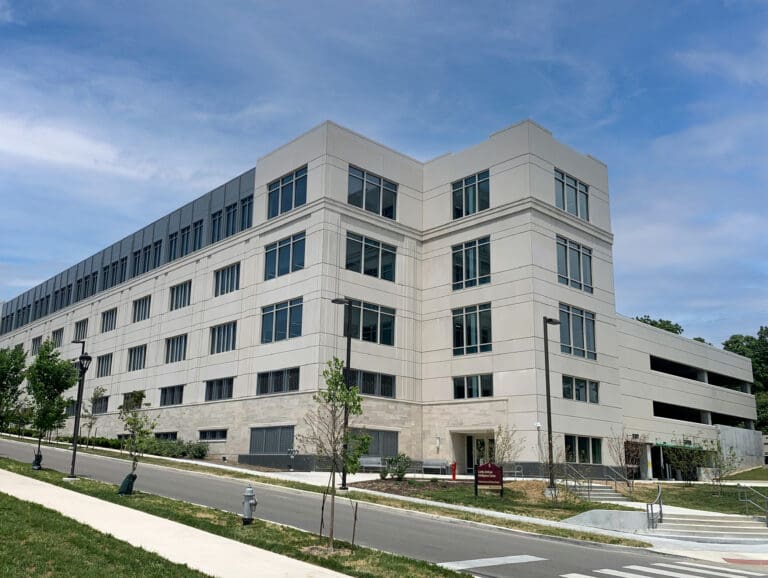

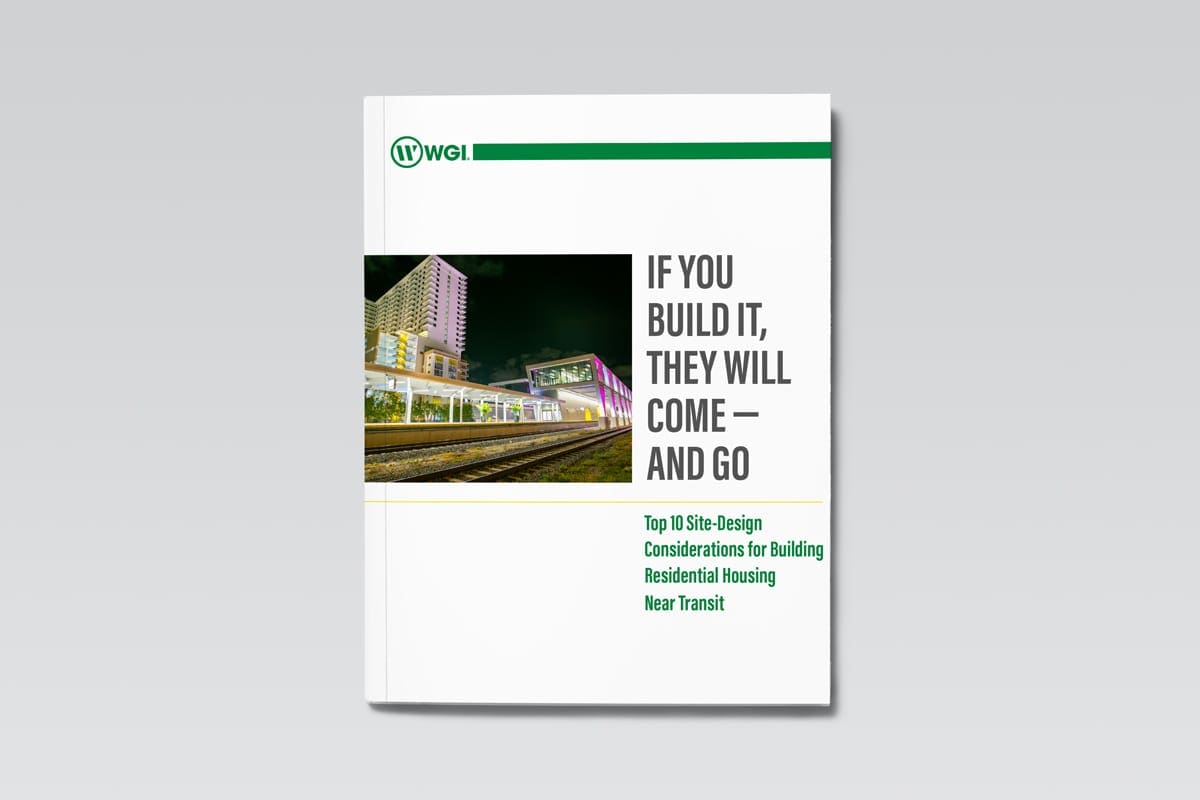
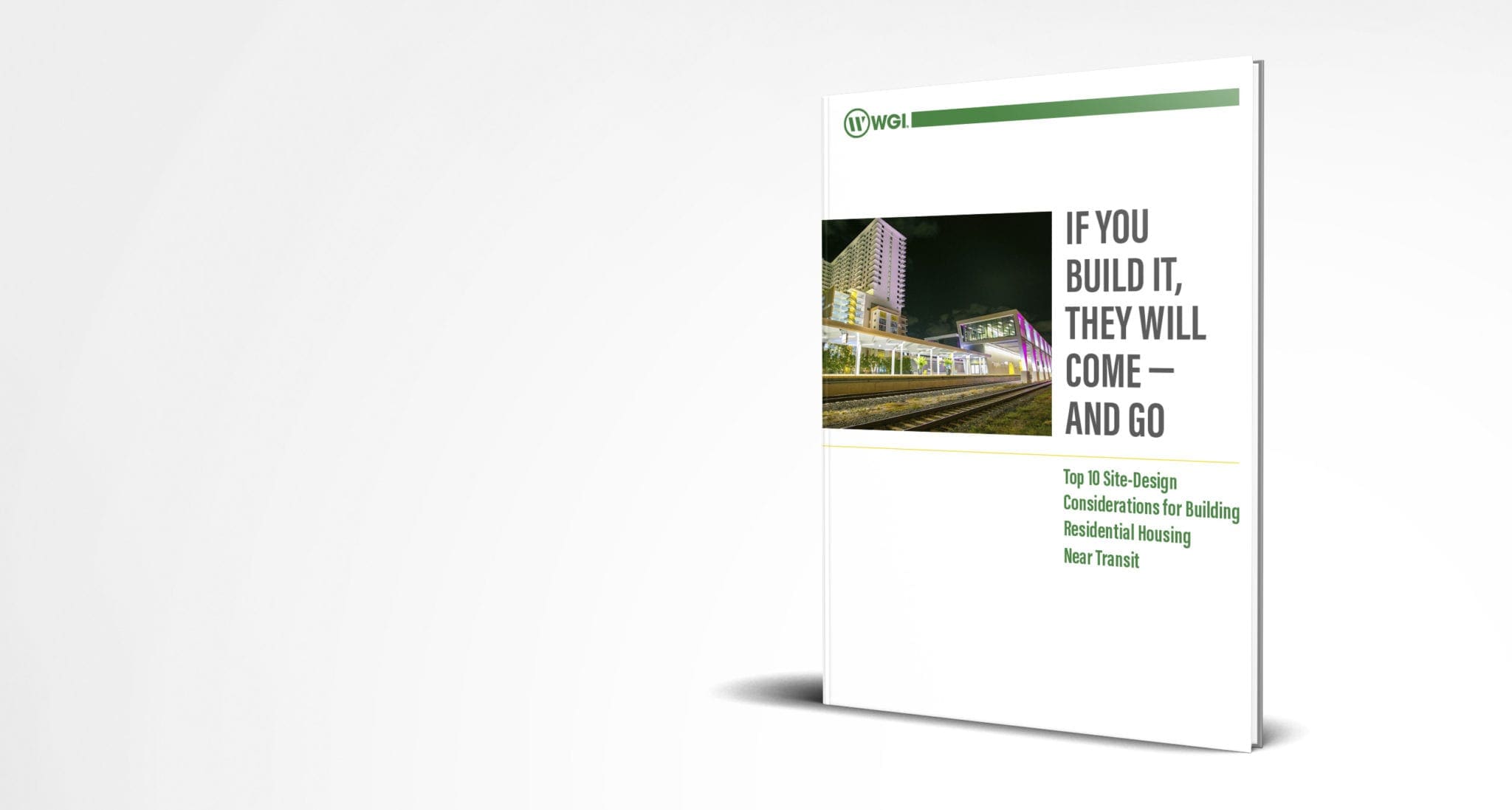
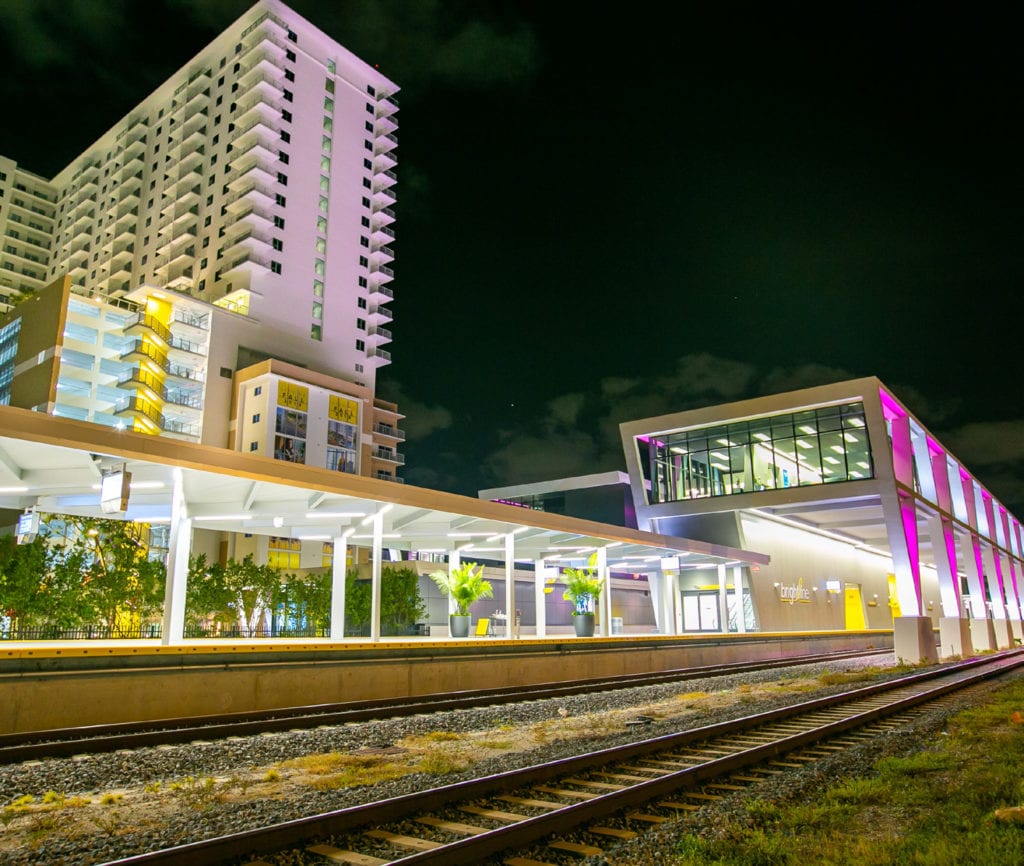
 Market factors tend to move developers to provide at least one parking space per living unit, regardless if that number is greater than required by the governing municipality. However, because many people choose to live near transit to purposely avoid using a personal automobile, many developers are separating the residential unit lease from the lease of a dedicated parking spot(s) in the same development. This allows somebody who has no car, or no intention of parking their car on-site, to save money on their lease.
Market factors tend to move developers to provide at least one parking space per living unit, regardless if that number is greater than required by the governing municipality. However, because many people choose to live near transit to purposely avoid using a personal automobile, many developers are separating the residential unit lease from the lease of a dedicated parking spot(s) in the same development. This allows somebody who has no car, or no intention of parking their car on-site, to save money on their lease. Alternatively, architectural planning processes should consider providing storage space close to ground level for tenants with their own bikes, scooters, and skateboards. These storage areas also represent additional income sources for the building owner or operator, similar to detaching the leases of vehicular parking spaces from the leasing of the units.
Alternatively, architectural planning processes should consider providing storage space close to ground level for tenants with their own bikes, scooters, and skateboards. These storage areas also represent additional income sources for the building owner or operator, similar to detaching the leases of vehicular parking spaces from the leasing of the units. Curbside management is increasingly an important factor for the development of transit projects. The rise in prominence of TNCs like Uber and Lyft have the potential for both reducing the need for on-site parking while increasing the streetscape user-conflicts adjacent to the edges of the building.
Curbside management is increasingly an important factor for the development of transit projects. The rise in prominence of TNCs like Uber and Lyft have the potential for both reducing the need for on-site parking while increasing the streetscape user-conflicts adjacent to the edges of the building. We’ve also seen building owners restrict the hours which loading can be done to non-busy times in the mid-morning and early afternoons. When projects properly consider loading zone planning and management, a user or visitor will never notice these activities. A poorly designed project will unfortunately have loading activities very visible exactly where they should not be seen — at the front or main entrances to the project.
We’ve also seen building owners restrict the hours which loading can be done to non-busy times in the mid-morning and early afternoons. When projects properly consider loading zone planning and management, a user or visitor will never notice these activities. A poorly designed project will unfortunately have loading activities very visible exactly where they should not be seen — at the front or main entrances to the project.